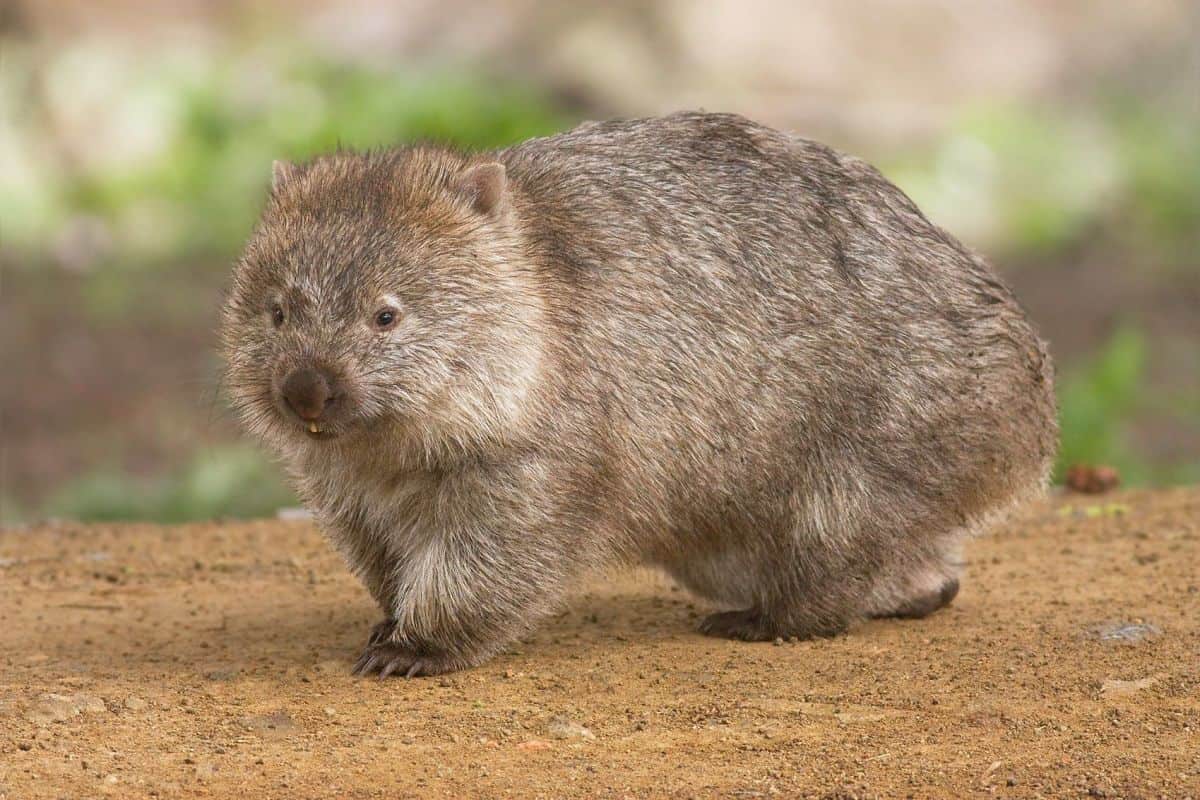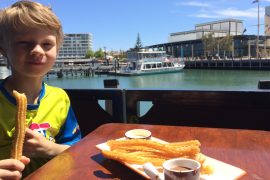A Joyful Guide to Native Australian Animals for Parents and Kids!
Welcome to the Land Down Under’s Wild Side
G’day, animal-loving families! Are you ready to hop into an adventure as exciting as a kangaroo’s jump? Australia is known for its incredibly diverse and unique wildlife, and getting to know the native critters is a fantastic way for you and your young ones to bond and learn about nature. In this guide, we’ll take a closer look at some of the most iconic Australian animals, offer fun trivia to impress friends, and provide important tips on how to responsibly observe and protect these wonderful creatures.
What’s Inside This Guide
Bouncing with the Kangaroos
Let’s jump right in with one of Australia’s most emblematic animals – the kangaroo! Did you know that these marsupials can leap as far as 9 meters in a single bound? That’s almost as long as a school bus! Kangaroos are social animals and often live in groups called mobs. They’re herbivores, munching on grass and shrubs, and are amazing boxers, too. A kangaroo mother carries her baby, called a joey, in her pouch for up to 11 months!

When you’re out and about in the bush, you might be lucky enough to see these fantastic jumpers. Remember to keep a respectful distance and admire their boing-boing antics from afar. Understanding how to coexist with kangaroos is important, as their habitat often overlaps with human settlements. So, let’s keep our bouncy friends safe and sound for generations to enjoy!
Cuddling Up with Koalas
Who can resist a koala’s cuddle? These tree-dwelling marsupials are not actually bears (as often mislabelled ‘koala bears’), but they’re still adorably fluffy and absolutely love to snooze. Koalas spend up to 20 hours a day sleeping in eucalyptus trees and eat the leaves as their primary source of food. Despite their sleepy appearance, koalas have quite sharp claws, which help them climb trees with ease.
Venture into the eucalyptus forests and you might spot one of these snoozy friends perched aloft. Remember that koalas are protected in Australia, so it’s important to watch them in their natural habitat without disturbing them. Throughout this guide, we’ll share tips on where to best observe koalas and how to ensure that your wildlife experience is as incredible for your family as it is safe for the animals.
Isn’t Australia’s wildlife incredible? We’ve only scratched the surface! Stay tuned as we continue our journey through the wonders of native Australian animals, and get ready to make unforgettable memories with your little adventurers. After all, exploring and learning about these unique species not only nurtures a child’s curiosity but also instills a deep appreciation for the natural world.

5 Things Parents Should Know in Preparing for Native Australian Animal Encounters
Before you set foot into the great Australian outdoors with your little ones, it’s essential to be well-prepared. Here are five crucial tips that every parent should know to ensure a safe and enjoyable wildlife experience:
- Know The Habitat: Understanding where specific animals live is key to finding them. Do a bit of research on the various habitats, such as coastal areas, forests, deserts or wetlands, and you’ll know where to go to see your favorites!
- Dress Appropriately: Australia’s environment can be rugged. Make sure your family is dressed for the occasion—sturdy shoes, sun protection, and maybe a hat to match that great Aussie spirit. And don’t forget to stay hydrated!
- Stay On Designated Paths: The excitement of seeing wildlife can sometimes lead to wandering off. This is not safe for the environment or for your family. Stick to trails and public areas to protect the natural habitat and yourselves.
- Wildlife Etiquette: Teaching your children the importance of observing animals from a distance without disturbing them is vital. This ensures that the wildlife remains wild and everyone can enjoy the experience harmlessly.
- Emergency Awareness: Being aware of how to react in case of a wildlife emergency is crucial. Know local emergency contacts and always have a first-aid kit ready. Instruct your family on what to do if they encounter potentially dangerous wildlife.
The Puzzling Platypus
Ready for one of nature’s oddballs? The platypus, with its duckbill and beaver tail, is a marvel of evolution. These creatures are one of the few venomous mammals; the males have spurs on their hind legs capable of delivering a painful sting. But fear not, they’re also shy and fascinating to watch!
They live near freshwater rivers or lakes, and if you’re quiet and patient, you may catch a glimpse of them in the wild. With your children, you can learn about the importance of clean waterways and how our actions affect the survival of species like the platypus.
Waddling with Wombats
Wombats are the bulldozers of the Australian bush, with their stocky, cube-shaped bodies and an incredible ability to dig with strong claws. They are mainly nocturnal, which can make spotting them a special twilight treat for your family. Wombats are also famous for their cube-shaped poop, which is a curious fact to share that will have the kids giggling!
Enchanting Echidnas
Echidnas are like the hedgehogs of Down Under, though actually, they’re relatives of the platypus. Their spines make them quite the sight and provide an excellent defense mechanism. These critters are solitary and covered in spines, which can be a great natural lesson in personal boundaries for children – look, don’t touch!
Each of these animals holds a special place in Australia’s ecosystem, and understanding them can truly enrich your family’s travel experiences. As you prepare to encounter these amazing creatures, remember that knowledge and respect are key to a rewarding adventure into the animal kingdom. We’ll continue our exploration with the colorful birds, intriguing reptiles, and the magnificent marine life that call Australia home—so keep the excitement buzzing!
For more great fun click here. For more information see here
Disclaimer
The articles available via our website provide general information only and we strongly urge readers to exercise caution and conduct their own thorough research and fact-checking. The information presented should not be taken as absolute truth, and, to the maximum extent permitted by law, we will not be held liable for any inaccuracies or errors in the content. It is essential for individuals to independently verify and validate the information before making any decisions or taking any actions based on the articles.




